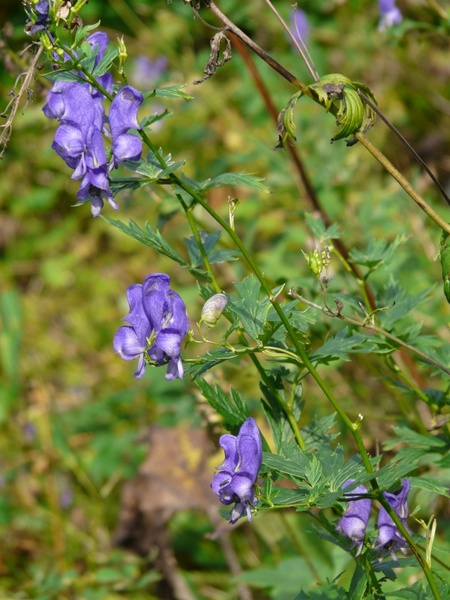
7–9 Aconite alkaloids have pain-relieving, fever-reducing, local anaesthetic and cardiotonic (increasing the contractile power of the muscular tissue of the heart) effects. ‘For all things under the heaven, nothing is more vicious than the poison of aconite,’ asserted the second century BCE text Masters of Huainan (the Huainanzi), continuing: ‘Yet a good doctor packs and stores it, because it is useful.’ 5 Like other famous plants and their alkaloids, such as Strychnos nux-vomica and strychnine or Atropa belladonna and atropine 6, aconite and aconitine were considered both threat and treatment. The danger of Aconitum plants, commonly referred to as aconite, has long been known. ‘To use a car analogy, if the valves in your car’s engine open up, but then won’t close, it’s dead in the water,’ wrote toxicologist Justin Bower. It acts quickly on sodium ion signalling channels, opening them and preventing their closure. 4Īconitine likely serves as a defensive tool for the plants that produce it, discouraging predators with its deadly action. It has been described as 100 times more lethal than strychnine, with an oral dose just shy of 2mg reportedly enough to kill a 68kg person. Aconitine is most feared – and with good reason. 1,2 Fantastical stories were built on the factual pharmacological effects of Aconitum alkaloids 3 like aconitine, mesaconitine, hypaconitine and jesaconitine.



#WOLFSBANE POISON FULL#
Plants of the genus Aconitum have a long history full of witchcraft, werewolves and wicked deeds. Beware the delicate flowers of aconite – even if you’re not a werewolf


 0 kommentar(er)
0 kommentar(er)
